Much of the industrial ruins resulting from nearly 130 years of nickel mining in Sudbury, Ontario, are now hidden from plain sight, camouflaged under a successful re-greening program that has led to the planting of over nine million trees, and the clean-up of many area lakes and thousands of hectares of soil. And yet, despite this invisibility, vestiges of the industrial past continue to exist and do harm.
Newly arrived immigrants flocked to the region in the postwar period to work underground and, in the process, often settled in neighhourhoods located close to mining, smelting, and refining operations where toxicity levels were high, and so it is their bodies, and those of their family members, that provide important insights into this sustained period of degradation. Charged with performing the difficult and dangerous work that this heavy industry demands, immigrant men, who dominated the workforce, and their families spent the better part of the twentieth century sacrificing their health and welfare for a stable and decent living wage. The places where they lived, worked, and played matter. These people have not only dealt with multiple occupational hazards, but they also continue to struggle with poor air quality and increased levels of toxicity in the region’s water, soil, and food chain. Arthritis, respiratory conditions, and lung and colon cancer are more prevalent here as a result.
Although scientific studies of Sudbury are widespread, this is the first humanistic examination of the inescapable ecological relationships that have been forged between citizens and the landscape. A cross-cultural and intergenerational oral history project, Mining Immigrant Bodies focuses on the varied experiences of postwar immigrant miners and their families to understand the visible and invisible effects that pollutants have had on their bodies.
If you were an immigrant miner during the postwar period or the wife or child of an immigrant miner and you lived, worked, or played in Copper Cliff, Coniston, Gatchell or the Donovan, we would love to speak to you about your experiences.


Image credits: Northway-Gestalt Corporation [photograph], ca. 1954, Ontario-Sudbury-International Nickel Company, Copper Cliff, C30-1: Container E55-258-383, Archives of Ontario.
